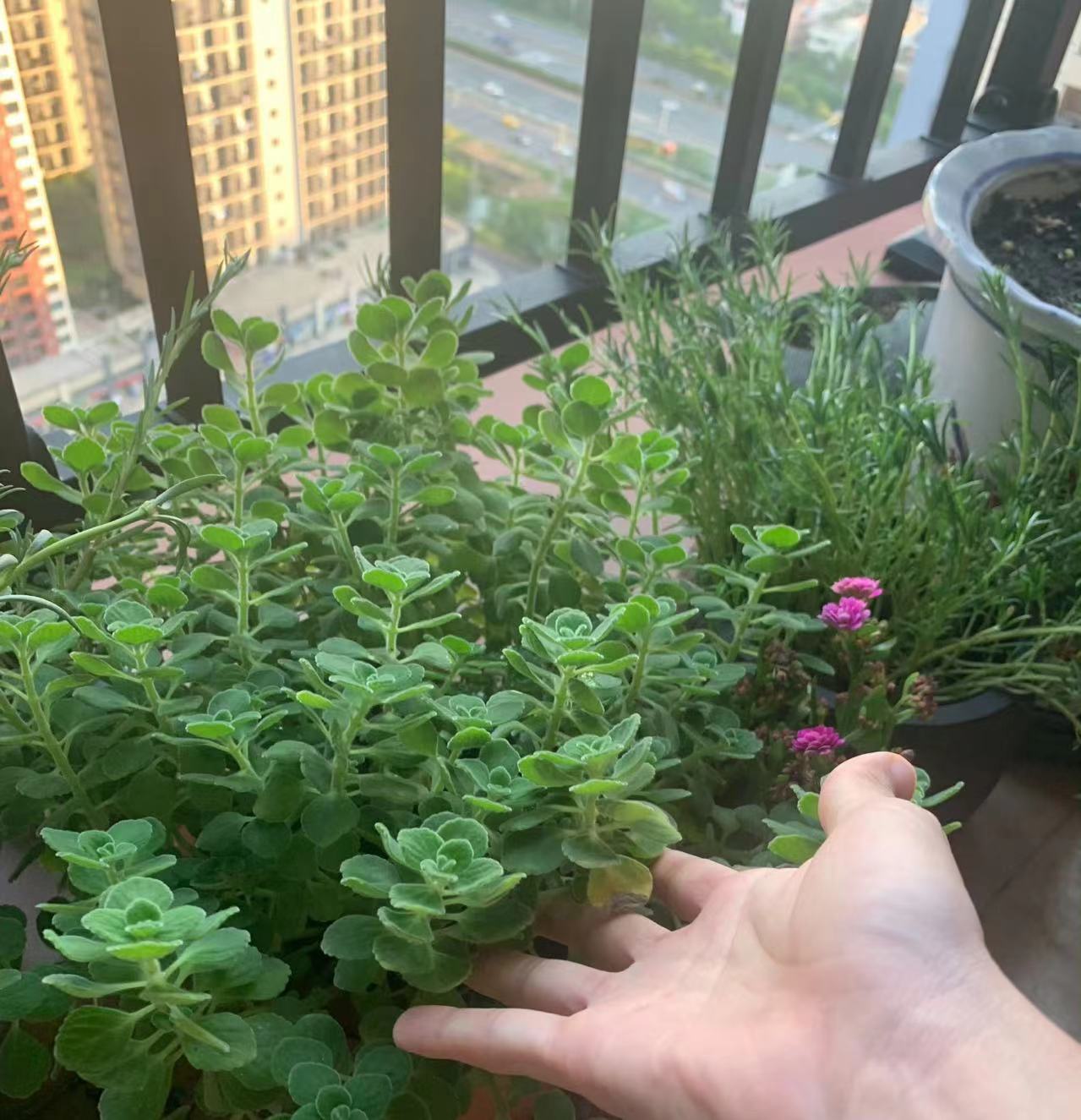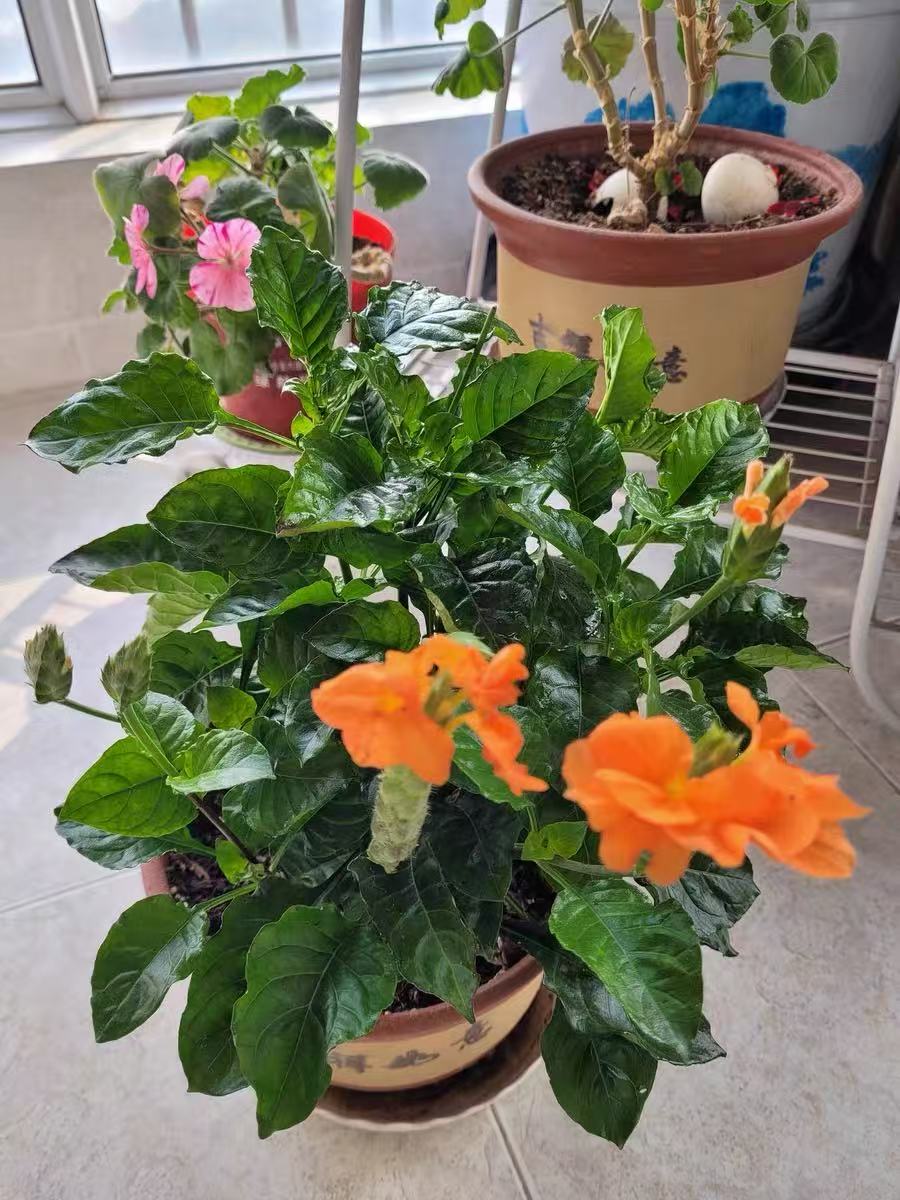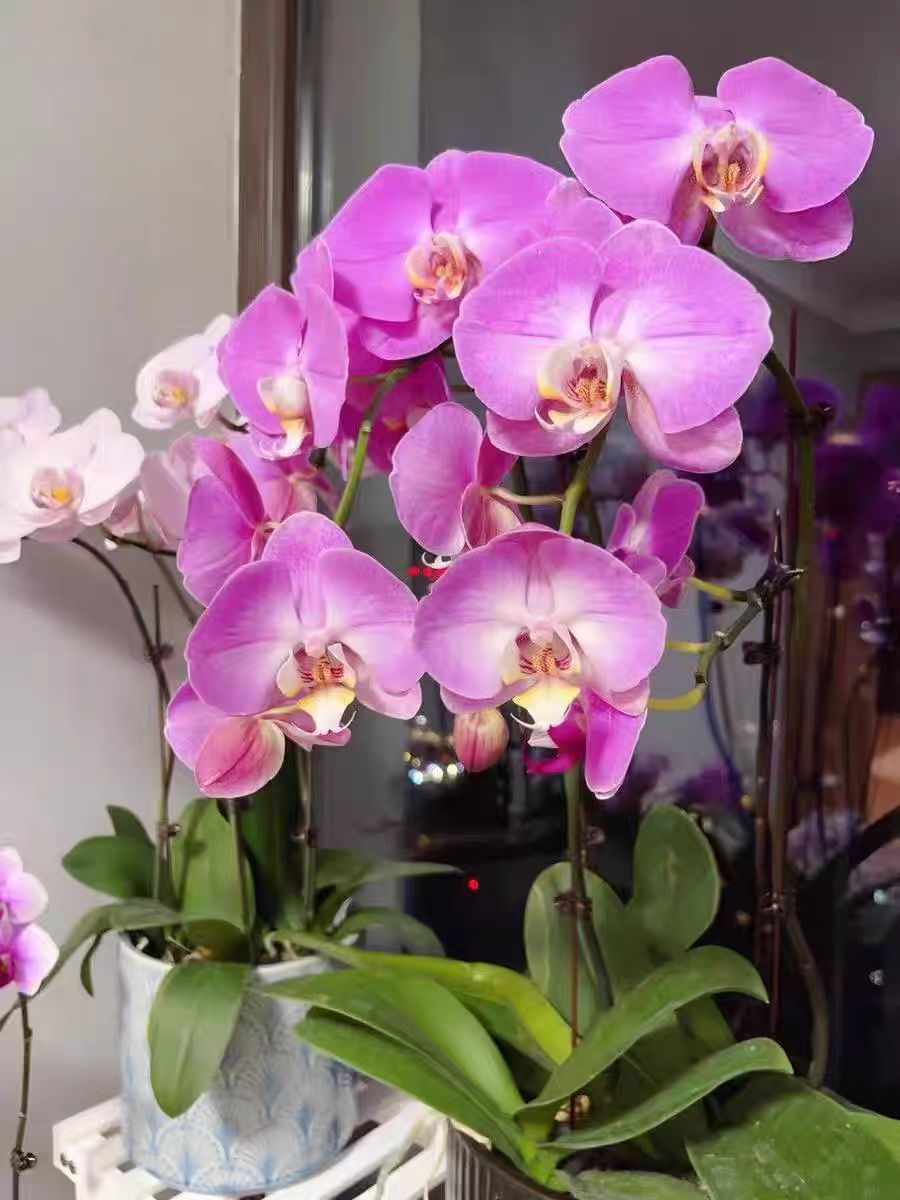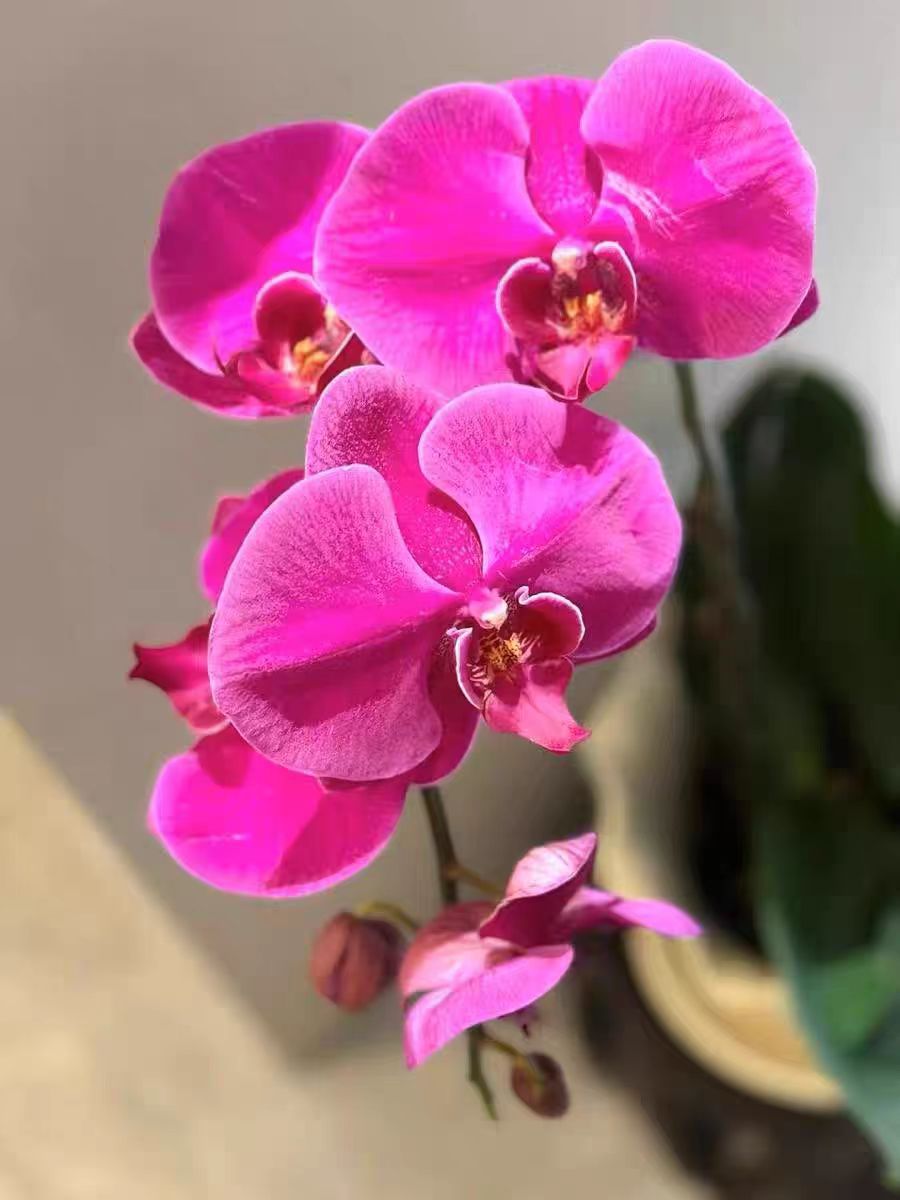There is a category of plants that not only emit charming fragrances but also can become delicious dishes on our dining tables. Different fragrant edible plants have different cooking methods. Some can be eaten directly. For example, mint leaves can be used as a side dish for salads, while others need to be cooked. Here are three recommended indoor aromatic plants.
Plectranthus hadiensis var. tomentosus
As the name suggests, Plectranthus hadiensis var. tomentosus is a plant that can emit fragrance when gently touched. Its leaves are round and full, and the color is vivid green. Plectranthus hadiensis var. tomentosus likes sufficient sunlight but can also adapt to a semi-shady environment. When maintaining it indoors, it is best to place it in a bright location.
During the growth period, a thin liquid fertilizer can be applied once a month to promote plant growth. Plectranthus hadiensis var. tomentosus not only has ornamental value, but its fragrance can also refresh the mind and relieve stress. You can place it next to your desk or on the bedside table. Whenever you are tired from work or study, gently touch it and let that fragrance take away your fatigue and troubles.
Thyme
Thyme, an aromatic plant originating from the Mediterranean. Its leaves are small and dense, dark green in color, and emit a faint lemon fragrance that makes people feel intoxicated. Thyme can not only add flavor to dishes but also has the effects of sterilization and promoting digestion.
Thyme likes a warm, dry, and sunny environment. When maintaining it indoors, it should be placed as close to the window as possible. Don't water too much, just keep the soil slightly dry. Regular pruning can promote branching and keep the plant shape beautiful. When cooking, you can add fresh thyme leaves to soups, stews, or barbecues. In addition, thyme can also be used to make tea or sachets.
Mint
Mint, a widely known aromatic plant. Its fresh fragrance and cool taste are deeply loved by people. Its leaves are oval, with serrated edges, and the color is bright green, emitting a faint mint fragrance. Whether in hot summer or cold winter, a touch of mint can always bring a hint of coolness and freshness.
Mint likes a sunny environment but can also adapt to semi-shady conditions. Keeping the soil moist is the key to mint growth, but also avoid waterlogging. Mint is easy to propagate by cuttings. Just insert a healthy branch into moist soil and it will take root. Mint has very extensive uses. It can not only be used to make tea, desserts or beverages, but also can be used as a mouth freshener or mosquito repellent. In hot summer, a cup of iced mint tea or a cool mint candy can make you feel cool and comfortable instantly.
Whether adding some herbs to cooking to enhance the flavor of dishes or placing a few pots of aromatic plants indoors to purify the air, soothe the mood and beautify our living environment, I hope everyone can find their favorite plants to accompany them.
What are the plants with fragrance that can be eaten?

Share with
Tagged in :




Leave a Reply